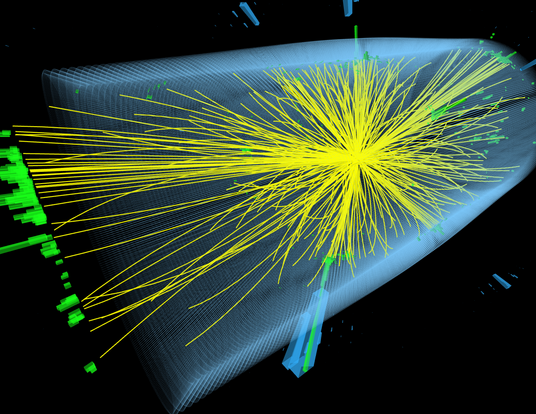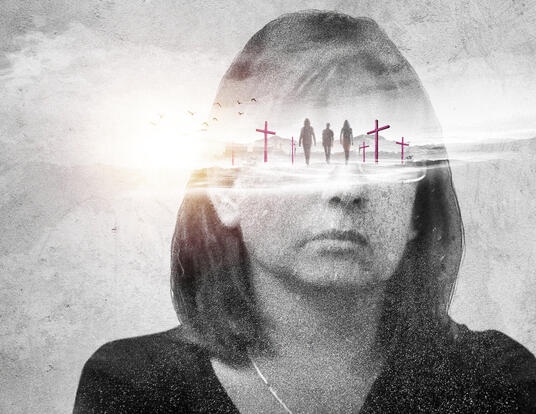Quantum Leap
Van Kirk works to develop computers with the capacity to solve the most complex problems
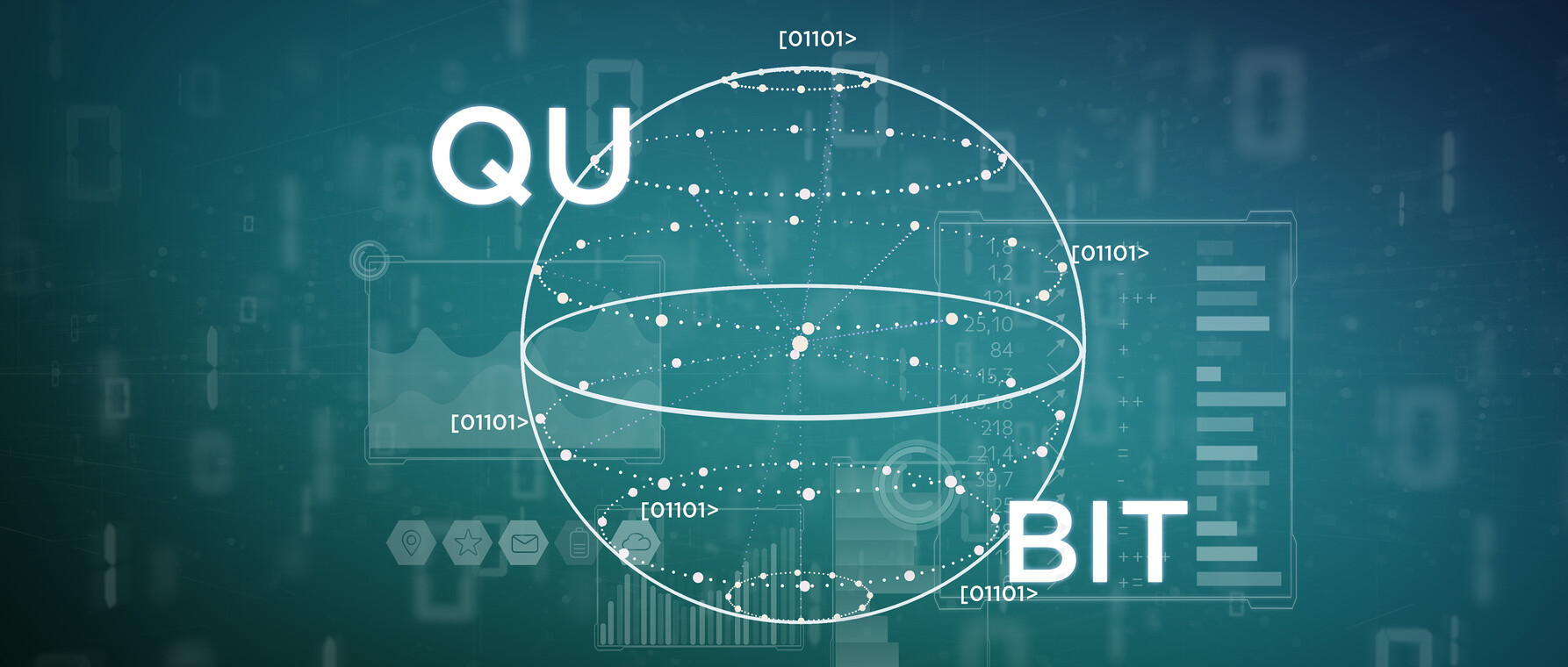
Research at Risk: Since World War II, universities have worked with the federal government to create an innovation ecosystem that has yielded life-changing progress. Now much of that work may be halted as funding is withdrawn. Find out more about the threats to medical, engineering, and scientific research, as well as how Harvard is fighting to preserve this work—and the University's core values.
Maybe you’re reading this piece on your laptop. Maybe it’s your smartphone or another mobile device. In either case, your machine works with little pieces of data called bits. Lots of bits. An iPhone X, for instance, has a three-gigabyte processor—about 24 billion bits.
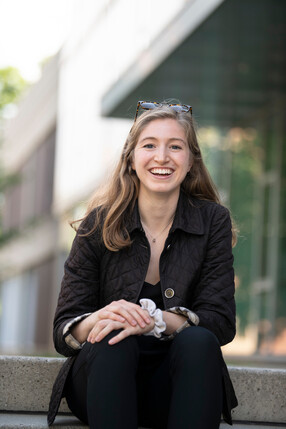
The reason your machine needs so many bits is that they can only be in one of two positions: zero or one. And to solve a complex problem, like simulating processes in the human body, your machine manipulates information in this form. That’s why speed matters, too. You need a machine that can do millions of these computations quickly for it to be useful on a practical, everyday basis.
But what if those bits could be zero and one at the same time, computing multiple possibilities simultaneously? And what if they could influence one another to make more powerful computations possible? A lot fewer bits would yield much greater problem-solving capacity. Exponentially greater, in fact. A machine like that might be able to solve the most complicated problems in the blink of an eye.
Welcome to quantum computing.
“Think of a light switch,” explains physics PhD student Katherine Van Kirk. “It can either be on or off. The bits in a conventional computer are the same way: one or zero. But in a quantum computer, all of your individual bits—we call them qubits—are more like dimmer switches. Qubits can be somewhere between one and zero. And by interacting, the ‘brightness’ of one qubit can come to depend on the ‘brightness’ of another. A machine with these properties might solve complex problems more efficiently than our conventional computers.”
As a PhD student at Harvard’s Graduate School of Arts and Sciences (GSAS), Van Kirk works with George Vasmer Leverett Professor of Physics Mikhail Lukin to develop a powerful new way of computing—one that operates on the atomic level in the realms of probability and uncertainty. As she does, however, she also keeps her eye on issues of social justice and equity, and the human relevance of technological advances in quantum science. Before the field can transform areas like cryptography, medical science, and machine learning, however, researchers need to understand how to isolate the information they want to get out of the new supercomputers. That’s where Van Kirk’s research comes in.
…a quantum computer might be able to simulate, for instance, some complicated molecule. That's really hard for a classical computer to do. And if you can simulate a complicated molecule, then you can learn about its characteristics, which might be useful in developing pharmaceuticals.
Capturing the Full Picture
Van Kirk was an undergraduate at Stanford studying engineering physics when she attended her first class in quantum mechanics. She says that she was both flummoxed and smitten by the concepts she encountered.
“When I took quantum mechanics, I fell in love,” she remembers. “I was totally baffled by the fact that an electron can be in two states at once. I wanted to learn everything about it.”
Van Kirk continued to explore the quantum realm at Stanford before enrolling at the University of Cambridge for her master’s degree in applied mathematics. Before she came to Harvard, she worked at IBM, one of the leading developers of quantum computing. She says that one of the challenges with quantum devices is isolating the information you want. Your iPhone may have many times the processing power that the first room-sized computers had, but it works on the same unambiguous principle: zeros and ones. Quantum computers, however, operate in the realm of an exponential number of interdependent possibilities. As part of the Harvard Quantum Initiative (HQI), Van Kirk works to isolate the relevant information.
“A quantum computer doesn’t always just give you the answer to your query,” she says. “Sometimes it gives you a quantum state. And the answer is encoded in it. You might think ‘Easy! To get the answer, I can just take a snapshot of my system.’ But in quantum mechanics, the full picture isn't that easy to capture. You need an exponential number of measurements to get the full picture. And that’s super expensive! Depending on what you’re trying to do, this costliness may force you to lose the advantage of using a quantum computer in the first place.”
At the HQI, Van Kirk is trying not only to come up with a more efficient way to extract information from a quantum system, but also to do it with the tools experimentalists currently have on hand.
“I’m designing a protocol that uses as few measurement snapshots as possible to extract only the information relevant to the problem we’re trying to solve,” she says. “The protocol will be a systematic way to take snapshots from just the right ‘angles.’ And the tools I’m using to develop the protocol are the same ones that the experimentalists have access to in the lab. So, it’s exciting because once it’s finished, it will be immediately useful.”
While Van Kirk cautions that there are still may questions surrounding the application of quantum computing, she says that cryptography—critical for cybersecurity—is an area where it could be transformational. Big numbers are notoriously difficult for even the mightiest supercomputers to factor. The MIT mathematician Peter Shor has developed an algorithm that shows quantum computers could do this work more efficiently than the fastest classical supercomputers. Another area where quantum could have a big impact is medicine.
“Quantum computers might be able to effectively simulate quantum mechanical processes,” Van Kirk says. “What that means is that a quantum computer might be able to simulate, for instance, some complicated molecule. That's really hard for a classical computer to do. And if you can simulate a complicated molecule, then you can learn about its characteristics, which might be useful in developing pharmaceuticals.”
Science and Bias
As excited as Van Kirk can be about quantum computing, she is also concerned about bias and inequality. At the time she took her first class in quantum mechanics at Stanford, Van Kirk was also running an international non-profit dedicated to empowering women in technology. She worries about how the systems we build can reflect our own biases or even historical inequities. She points to ProPublica’s 2016 study of “risk assessment tools” used by the criminal justice system.
“This algorithm gives defendants a ‘risk score,’ which is supposed to capture how likely they are to commit a crime in the future,” she says. “While it doesn’t explicitly consider race as a factor, the algorithm was more likely to rate black defendants as higher risk than white defendants. The tool is used by law enforcement across the country, and in some states, the judges even see the scores during sentencing.”
Biased tools like these are built using machine learning, one of the potential applications of quantum computers. Van Kirk studied how bias might be quantified and mitigated on these machines. She tested one possible metric for measuring bias on a quantum computer using public data from this risk assessment tool and found that it reflected the model’s disparate treatment of Black and white defendants. Along those lines, Van Kirk avidly studies social science research, hoping to draw a concrete link between real-world problems and the work she does on quantum computing. She says that she wants to advance science and equity too.
“I put aside time every week to read about what's being done in fields other than physics,” she says. “Recently I’ve been reading a lot of computer science and molecular biology, but I also enjoy social science articles too. I'm always trying to learn about the problems that exist and ask myself where quantum computers might be able to make an impact.
Van Kirk’s mentor Lukin says that her concern for the social good makes her more than an outstanding student: it makes her a remarkable person.
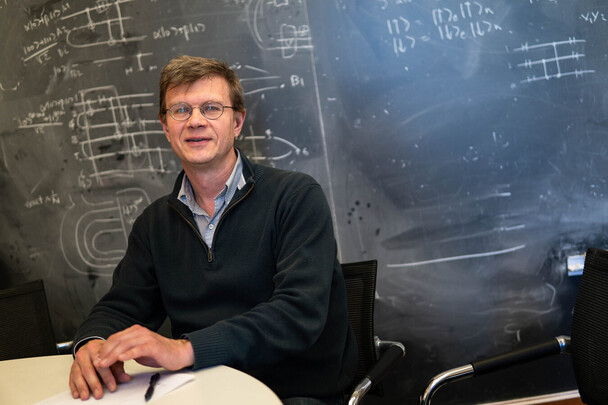
“The combination of the depth and the breadth of Katherine’s knowledge in subjects ranging from physics to computer science is truly exceptional,” he says. “She cares deeply about the implications of her work for both the broader scientific community and for society as a whole, which I find very inspiring. I look forward to her professional development from a talented student to a mature, exceptional young scientist.”
Now at the close of her first year at GSAS, Van Kirk says she’s not sure where her research will lead her. She is certain about her goal, though. She wants every project she works on to have a positive effect on society.
“I always ask myself if I would have a greater impact than I am having now if I was back growing a nonprofit around some issue that I care about,” she says. “If my answer to that question is ever ‘Yes,’ I will switch gears and try something new.”
Photos by Tony Rinaldo and Sophie Park | Banner image courtesy of Shutterstock
Get the Latest Updates
Join Our Newsletter
Subscribe to Colloquy Podcast
Simplecast



